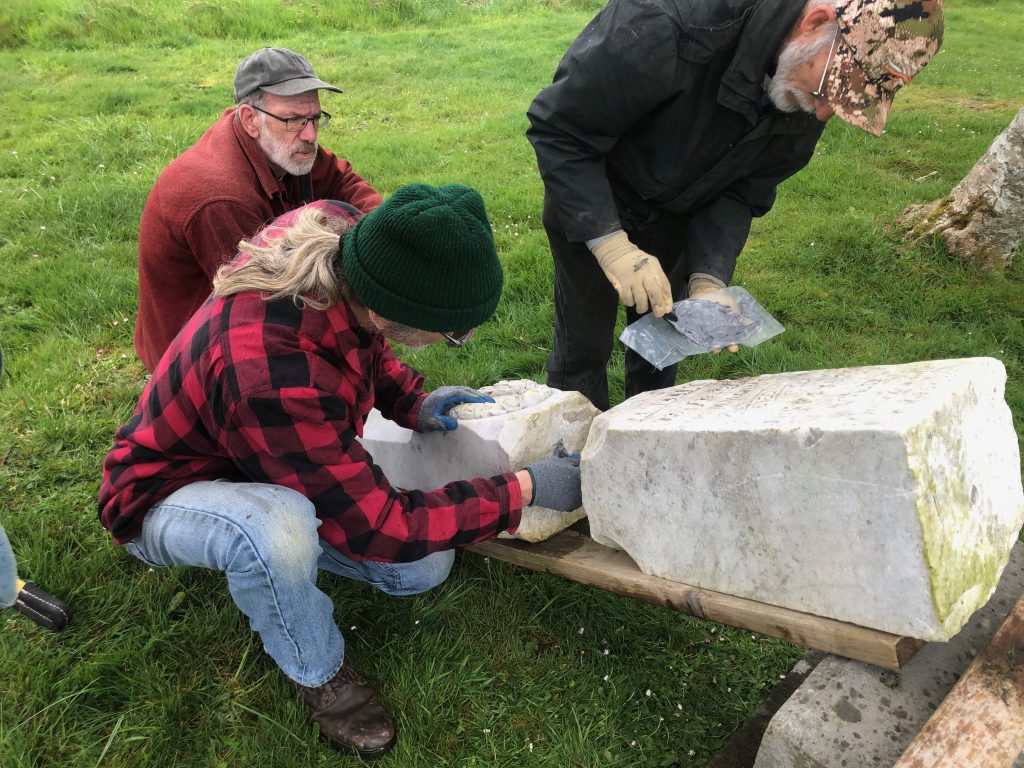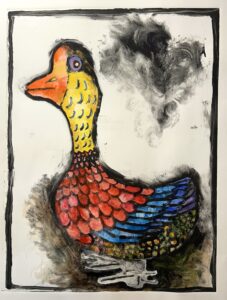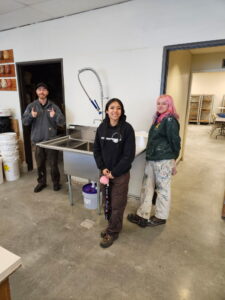Clatsop Community College Historic Preservation and Restoration students will have the opportunity to serve those who have passed by working on a project funded through the Historic Cemetery Grant program.
The Historic Cemetery Grant program administered by the Oregon State Historic Preservation Office has awarded Clatsop Community College Historic Preservation Program a competitive grant for a project at the Oceanview Cemetery to assess and restore grave markers, provide training to students on fundamentals of historic cemetery preservation, and research poorly documented cemetery history.
The Historic Preservation program, in partnership with the Astoria Parks and Recreation Department, will conduct a workshop for students and community members in the Spring Term of 2023 to provide training and restore grave markers. Faculty and students will start the research and document history of the cemetery starting in Fall Term that will carry into the hands-on project in the spring.
Oceanview Cemetery was established in 1897 to replace a small urban cemetery (Hillside) situated within the City of Astoria. It has been serving the residents of Astoria and greater Clatsop County for over 120 years. The Ocean View Cemetery has 16,000 interments. The cemetery grounds are well maintained by the Astoria Parks Department staff, however there are limited resources to maintain and repair grave markers. Many of these have visible signs of deterioration, damage, biological growth and dirt that must be addressed.
The history of the cemetery is not well documented. Records are incomplete and scattered in several locations. The recent discovery of a wood sign (with the inscription “All is lost but hope”) has raised many questions about the history of the cemetery. Although the sign is likely not historic, it has increased public awareness and focused the need to better understand and document the history of this significant cemetery. The Ocean View Cemetery was originally designed by nationally known landscape architect Ernest W. Bowditch (1850-1918). The older, no longer used, section of the cemetery has the potential to represent special populations. There are references to Chinese and Native American graves that need to be researched and verified. The section formerly known as the “Pauper Cemetery” is representative of how marginalized populations were treated through desecration of graves, selling of corpses to medical schools, etc. A variety of, mostly unorganized, records exist about the cemetery. Research conducted as part of this project will examine the original, no longer used, entrance to cemetery, the former Clatsop and Pauper Cemeteries on this site, and the original design by E.W. Bowditch. This research will result in the improved archiving of historical documents and better understanding of the design and development of the cemetery.
This project will address several needs of the cemetery and the community. For the cemetery, it will provide much needed cleaning and restoration of grave markers. For the community, it will train preservation students and community members in standard cemetery preservation practices, and provide better understanding of the development and significance of the cemetery.



